The full review is available on Rendeljkinait
For those who want to get a little closer to the secrets of coffee making, we definitely recommend getting a better coffee grinder. Hibrew launched a conical knife grinder called the G3, where you can adjust not only the grinding time, but also the size of the receiving portafilter, and even a coffee pump on top.
This content is originally written in Hungarian and has been automatically translated, so please note that it may contain translation errors and inaccuracies. The prices, import costs, shipping information, coupon codes, etc. in the article. are valid for orders to a Hungarian address. If you would like to order from another country, first find out about the local legislation, logistics options and prices.
Hibrew G3 Conical Coffee Grinder Test - A little head expansion
It is best to grind coffee with special tools. Propeller blade grinders burn the coffee beans with the rapid rotation of the blade, and the coffee beans are cut unevenly, which means that they cannot be brewed evenly. Therefore, the devices designed for direct coffee grinding are not equipped with a propeller blade, but with or with a conical knife – conical burr - or by other names with a conical knife installed, or with a disc knife, the latter is a more expensive but better solution. The Hibrew G3 is the 40 mm, strengthens the camp of steel conical knife grinders, this is roughly the entry category into the world of coffee.
We also need to clarify some basic terms in order for you to understand the technical parameters of the Hibrew G3. One of the portafilter, which is nothing more than that the filter into which you put the coffee in the case of coffee makers with a lever. There are several sizes of this, 51, 54 or 58 mm, at least these three dimensions are handled by the G3. By the way, this is extra, the Catler/Graef 700/800 series, which is considered a relatively good name here, cannot do this. The other one is grinding loss, which can be tested by subtracting the mass of the coffee grounds from the mass of the coffee beans. The missing quantity is the loss, which is usually expressed as a percentage in the case of Hibrew G3, it works with 0,5% or 99,5% efficiency.
The loss occurs because, on the one hand, the grinding is not perfect, and on the other hand, all coffee residues stick to the inside of the equipment,
on the one hand due to heat and on the other due to electrostatics. The latter also affects, for example, plastic storage containers, which are naturally antistatic in the case of the G3. When I took the Hibrew G3 apart, I found minimal grinding residue inside, which means the company did the proper quality control before putting it in the box. How can such a device be reduced and cleaned at the same time? So that a coffee grinder pump was installed on the coffee bean container - in English this is called a powder blower - which is nothing more than a bellows. When pressed, the air passes through the grinder and ejects the remaining coffee powder. Also extra, in the entry category it is usually not part of the package, but AVX, for example, also produces HUF 8-10 universal pieces.
Now that we've cleared up the basics, let's see what's inside the box. In addition to the grinder, of course, there is a coffee ground container - it can grind by hand, but there is no profile for it -, the coffee pump itself, the description, a brush that can be used for cleaning, and the coffee bean container itself, although I would rather call it part of the machine. Its quality – starting from the Catler CG8011 model in the family, which is approx. the competitor - it's totally fine it's not premium, but it's nothing to be ashamed of at all. Its appearance is pretty, the metal inserts are cheeky, and the overall effect is pleasant. The control panel placed at the front with the buttons is quite a big extra, the Graef CM 900 has a similar button system, then for HUF 90, but let's say an AVX CG000 - which also has such a controller - is at a similar price to the Hibrew G1. I quickly started using it, as there is little greater pleasure than drinking coffee.
I didn't use this for that, but to pump out the remaining coffee grounds. I did the actual grinding directly into the portafilter in the coffee machine's arm. And here comes one of the coffee-making magic that you should know. Basically, we always start with making espresso. The cheaper espresso machines - They accept enough ground for 1 or 2 coffees. 9 grams of ground coffee are required for 1 coffee, and 18 grams for two, 14 is under- and 21 grams is overdose. In order for the coffee to flow evenly, you need to know not only how much ground coffee goes into the portafilter, but also the strength of the plug.
Source: Geekbuying
The underdose should be sealed better, the overdose less, with the tool for this purpose, the tamper.
But how big is a portafilter? This is either specified in the manual of the coffee machine or measured, BlitzHome has a diameter of 51 mm. It follows from the reasoning above that a coffee grinders can grind based on several input parameters: per gram, portafilter size, time. The former would be quite cumbersome to monitor, so in the case of the Hibrew G3, the latter two can be controlled.
There are a total of three buttons on its panel, the one on the left shows 1, the one on the right shows the amount of coffee ground 2. When you press it, it starts counting down in tenths of a second, because the grinding takes place surprisingly quickly. You can see the other parameter, the size of the portafilter, on the display, it says 51 by default because it is set for a filter with a diameter of 51 mm. Of course, both the grinding time and the portafilter size can be adjusted. You can change the size of the portafilter by long-pressing the two coffee cup icons, and the time by long-pressing the button indicating 1 or 2 servings of coffee. Practical experience is that for the overdose I changed the Hibrew G54 to 3 mm and ground it to 51, then sealed the mixture better, and for me it was the perfect amount. The same is also available with a longer grinding time at setting 51.
In order to be able to grind in a coffee container, there is a third on/off button in the middle,
in this case, the G3 grinds until you press the button again. The grain size is one 34 elements scale can be set, which I think is a bit shifted towards the large grain size. In general, you can grind for espresso at setting 5-10, below that you can prepare grinds for Turkish coffee, while at the other end of the scale, you can prepare grinds for filter - dripping - coffee. It gave me the perfect mixture at 4, but of course it depends on the individual. The grind consists of relatively homogeneous pieces, perhaps the Catler in the family grinds better, but the grind of the G3 is not bad compared to a conical knife grinder.
You have to know how to grind!
First of all, you have to find where the coffee grounds come out, and you have to gently circle with your arm so that the coffee is spread evenly. The first 4-5 times, I messed everything up, then I got into the routine, and after roughly the 10th time, no one went along with it. If you have taken out the spoon, put the box inside and blow out the rest with the pump. With this method, you waste much less coffee than without a pump. The ground coffee must NOT be sprinkled back on top of the beans, as this will contaminate the coffee. In any case, it is not good to open the container, because this allows the grains to breathe, and oxidation leads to a loss of aroma in the long term.
Summary
The HiBREW G3 worked. You can adjust the size of the portafilter, the grinding time. There is a "bellows", and the quality is also decent. The only downside is that you have to learn how to grind with it, that is, minimal practice is required to use it. But no matter how bad it is, anyone who buys a grinder at home really likes this session.

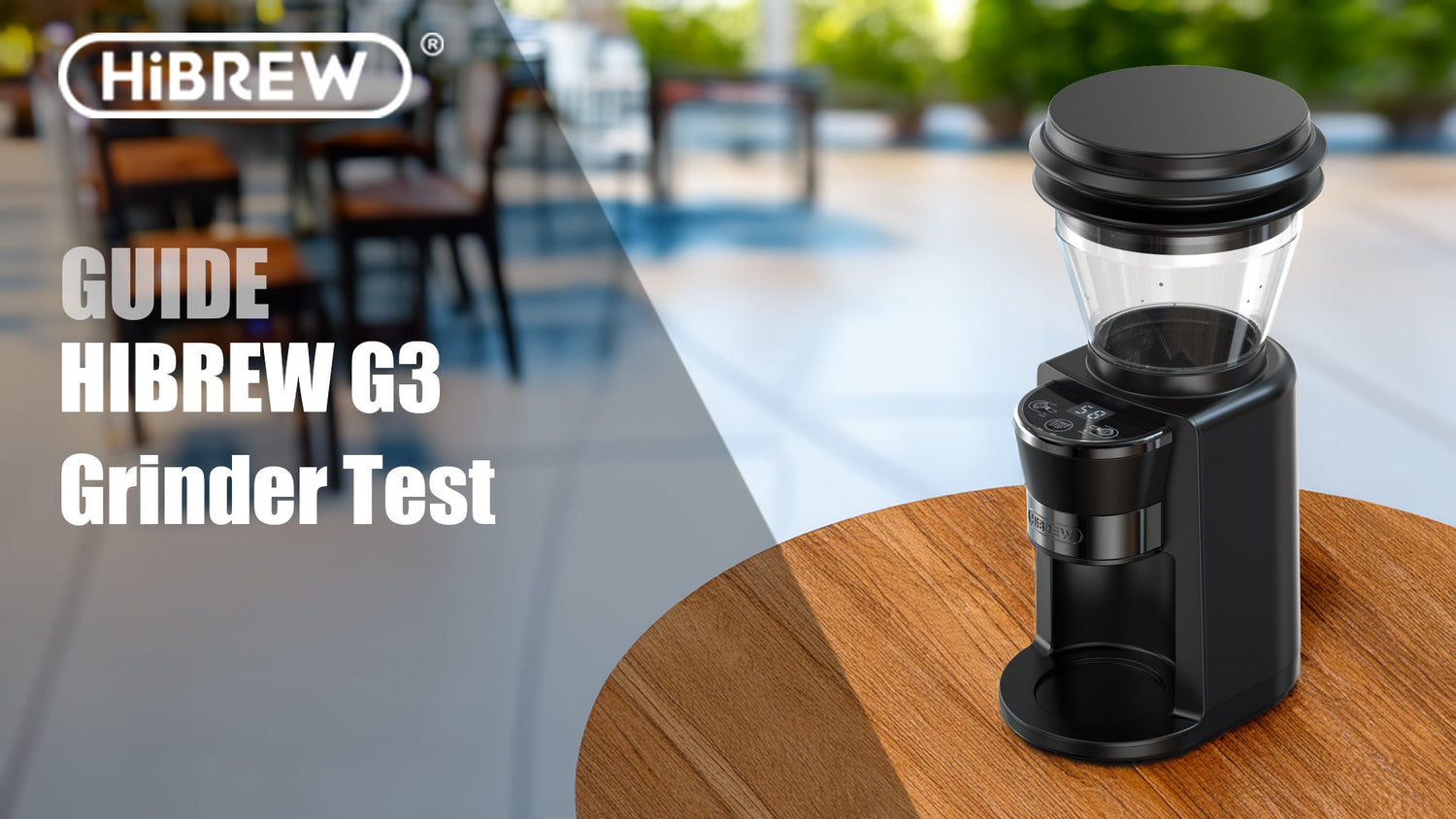
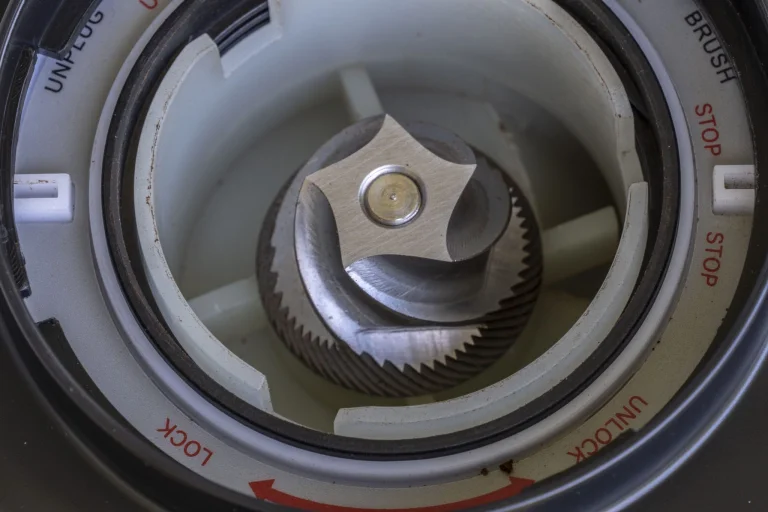
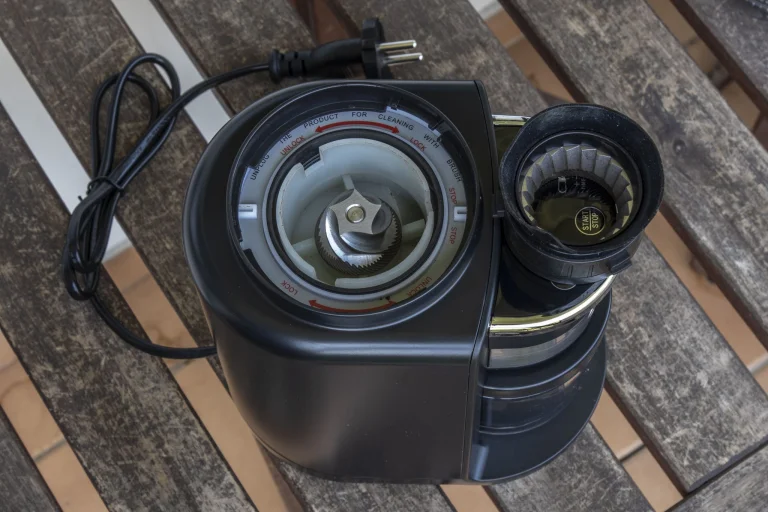
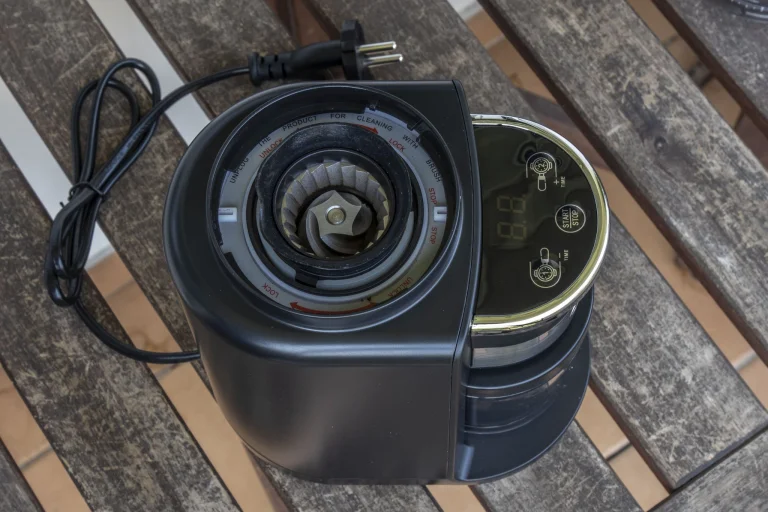
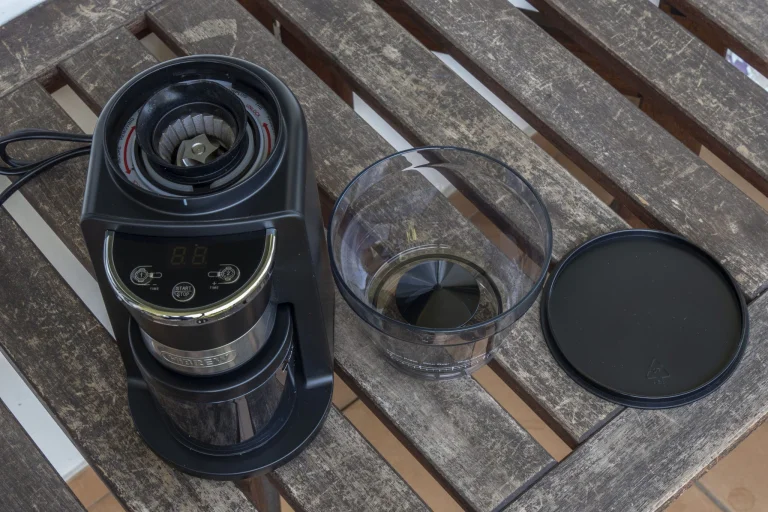
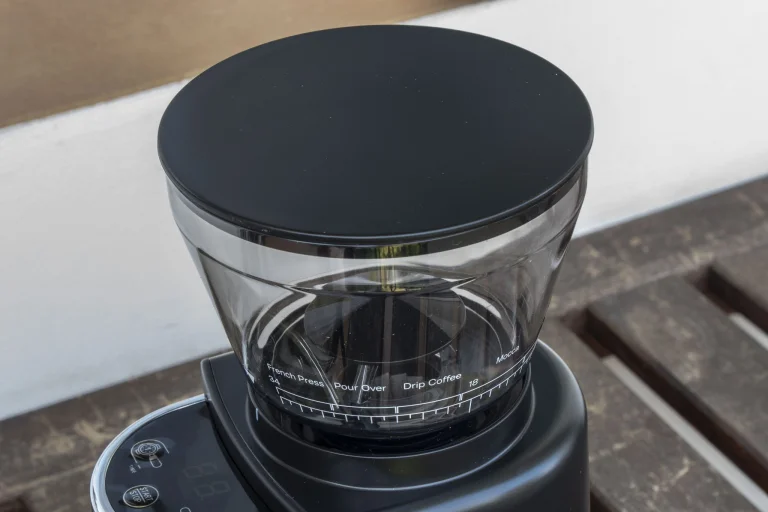
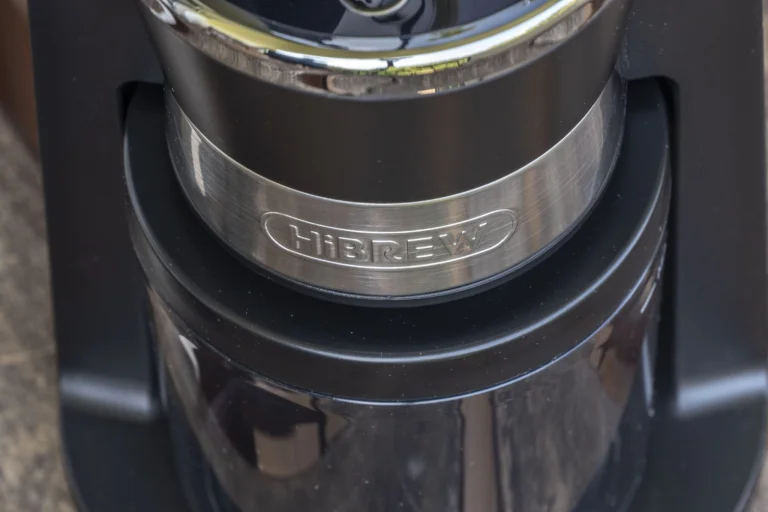
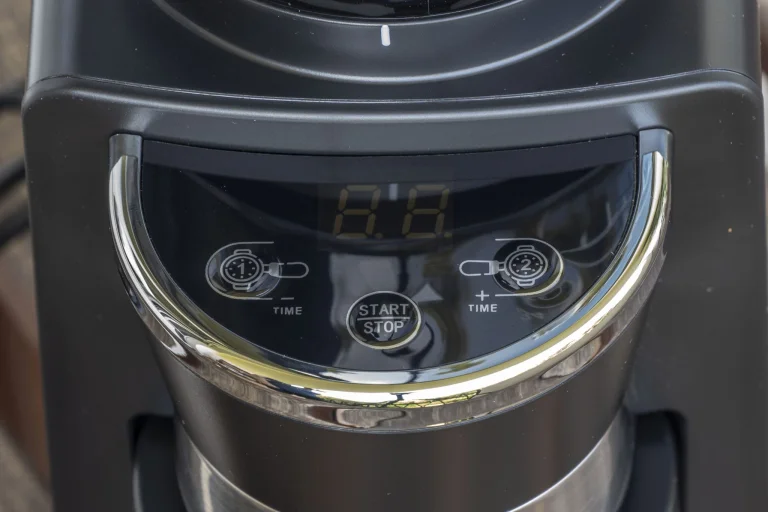

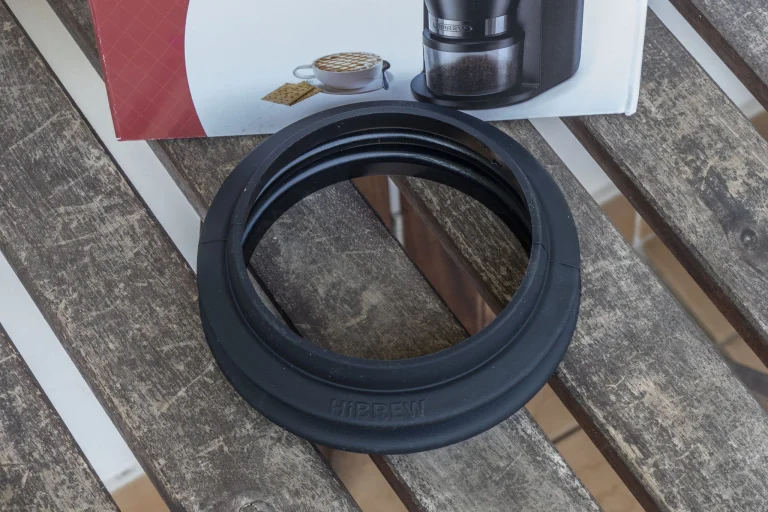
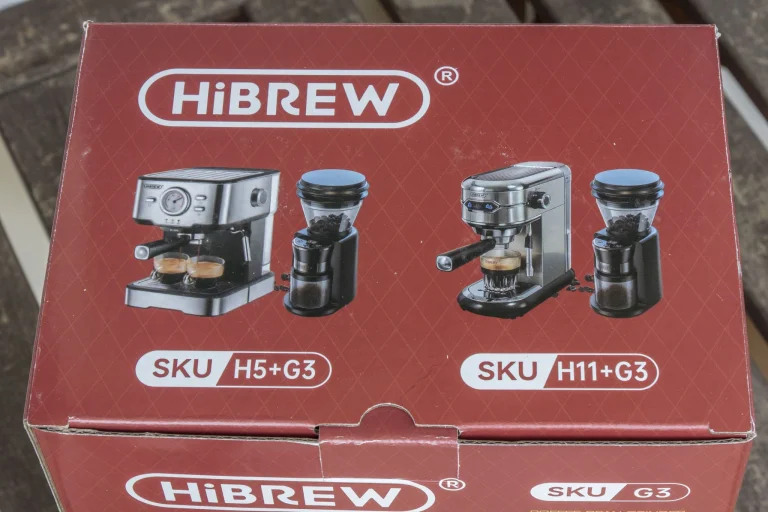
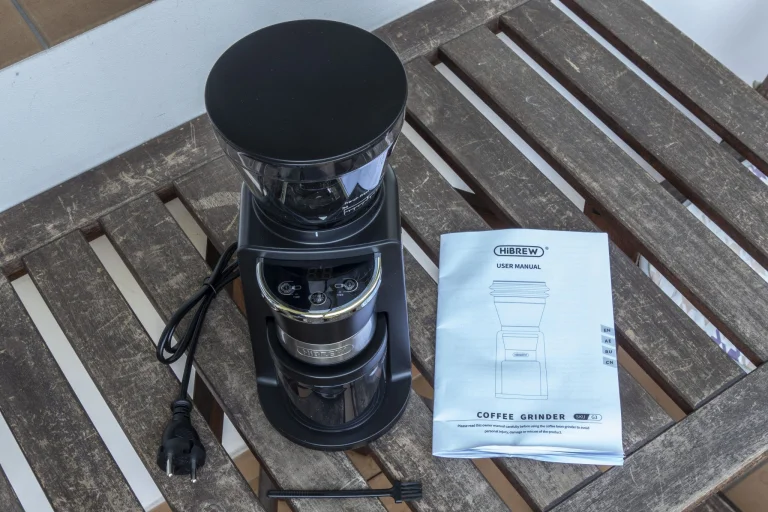
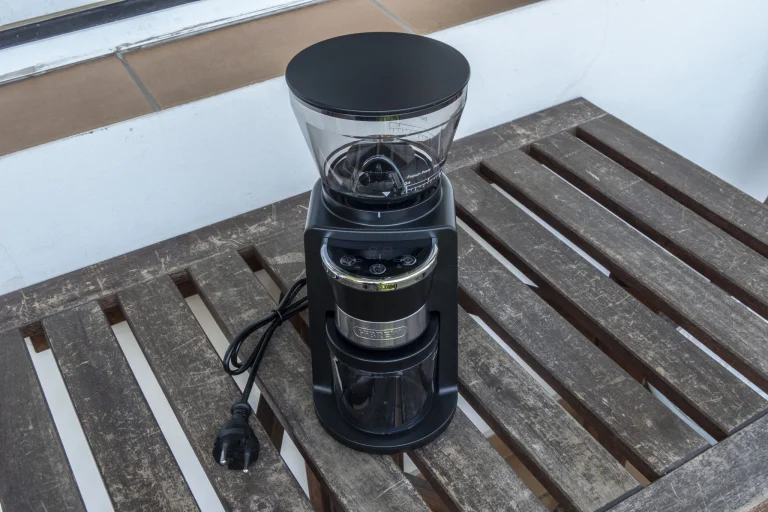
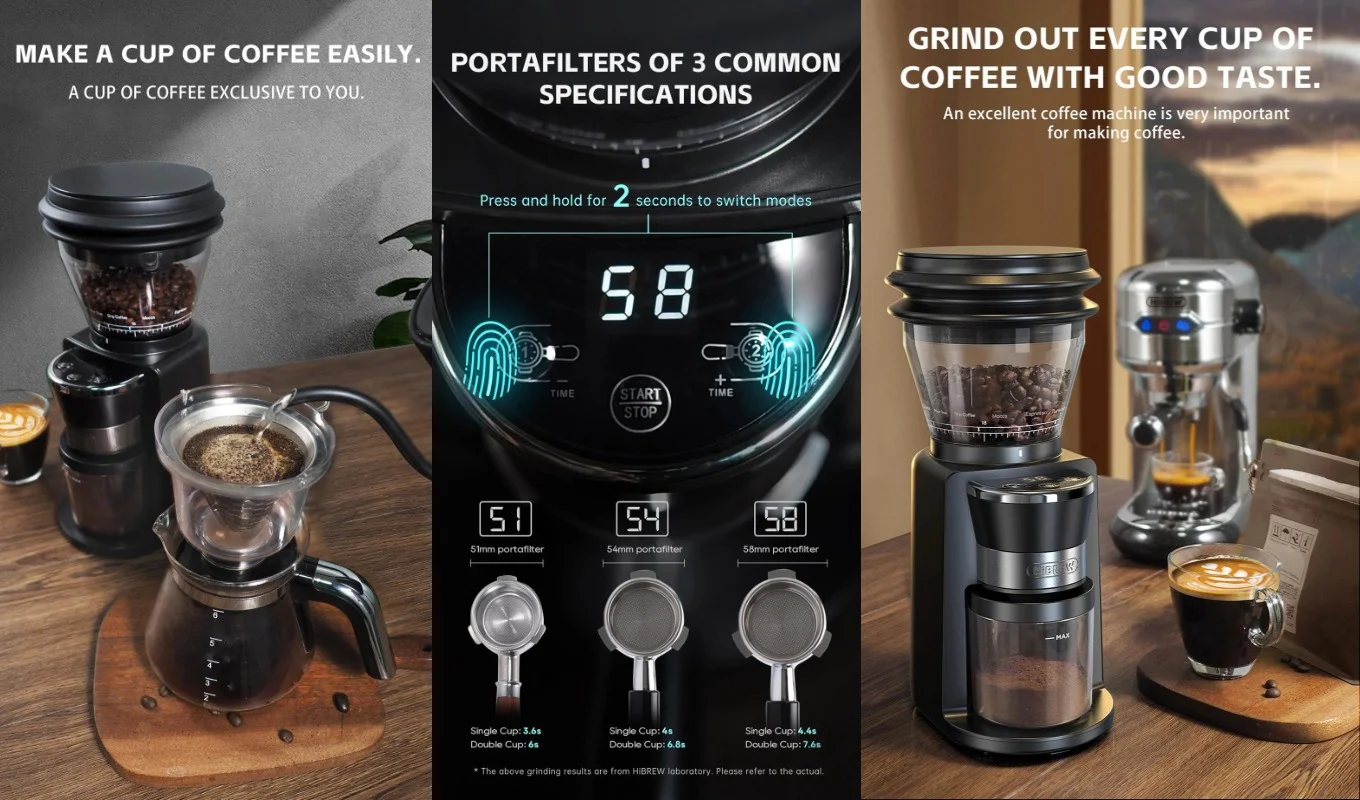

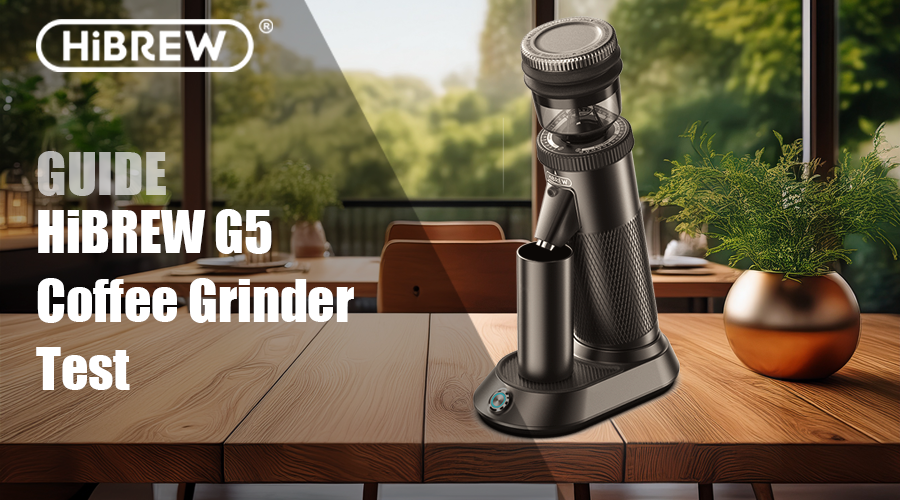
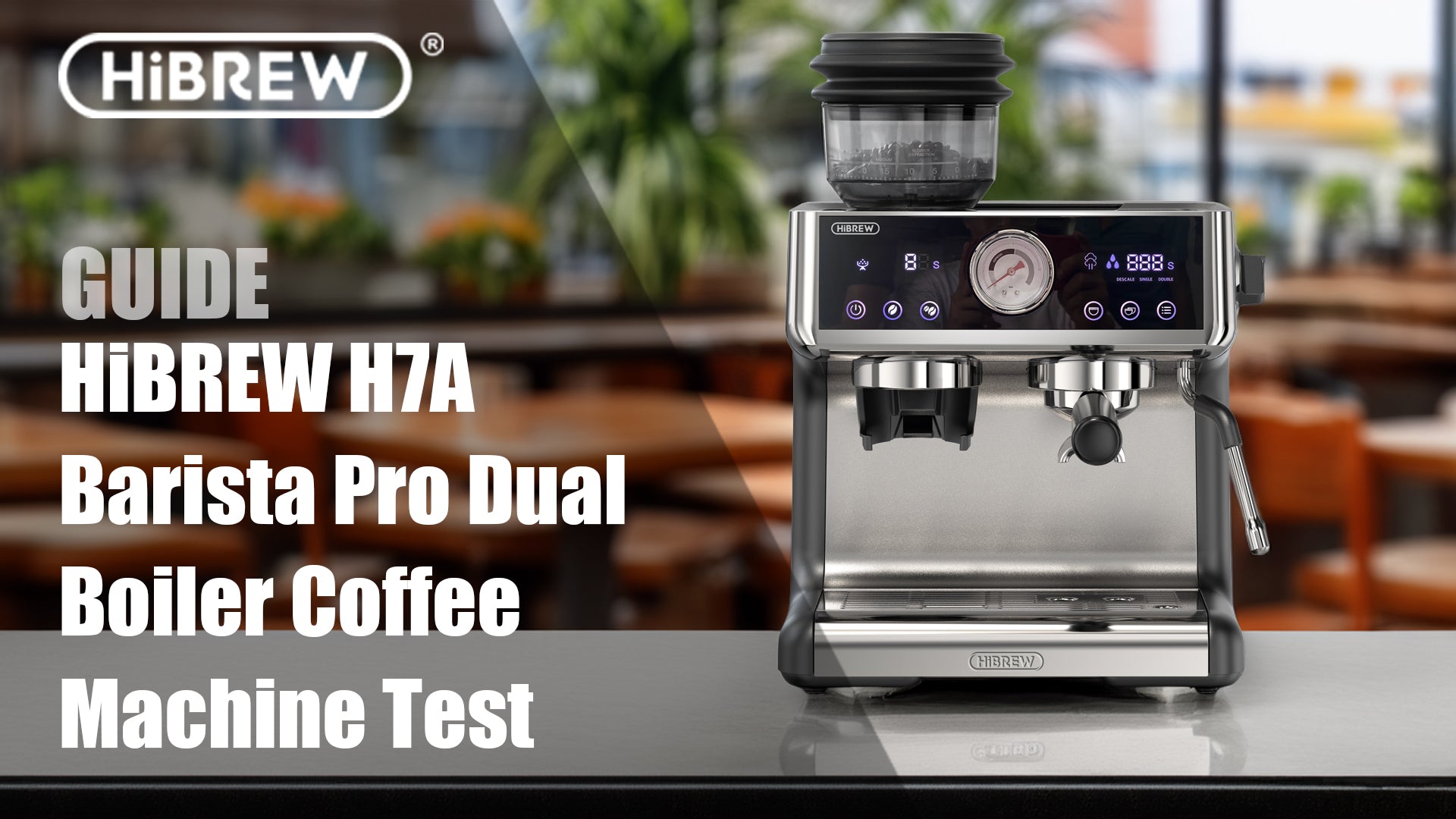
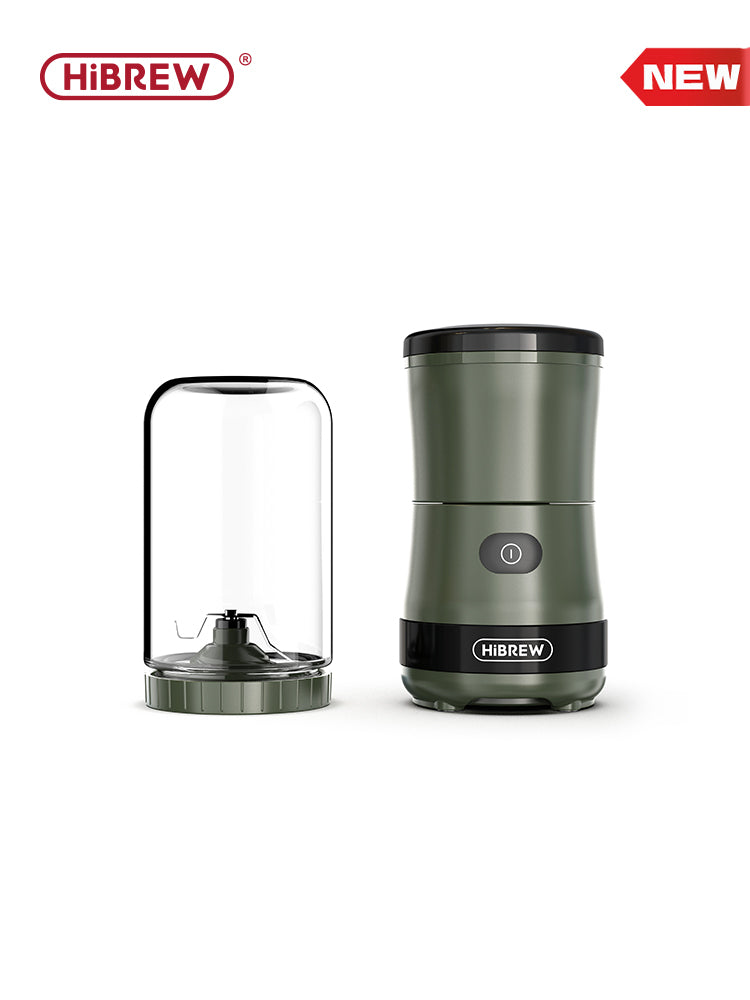
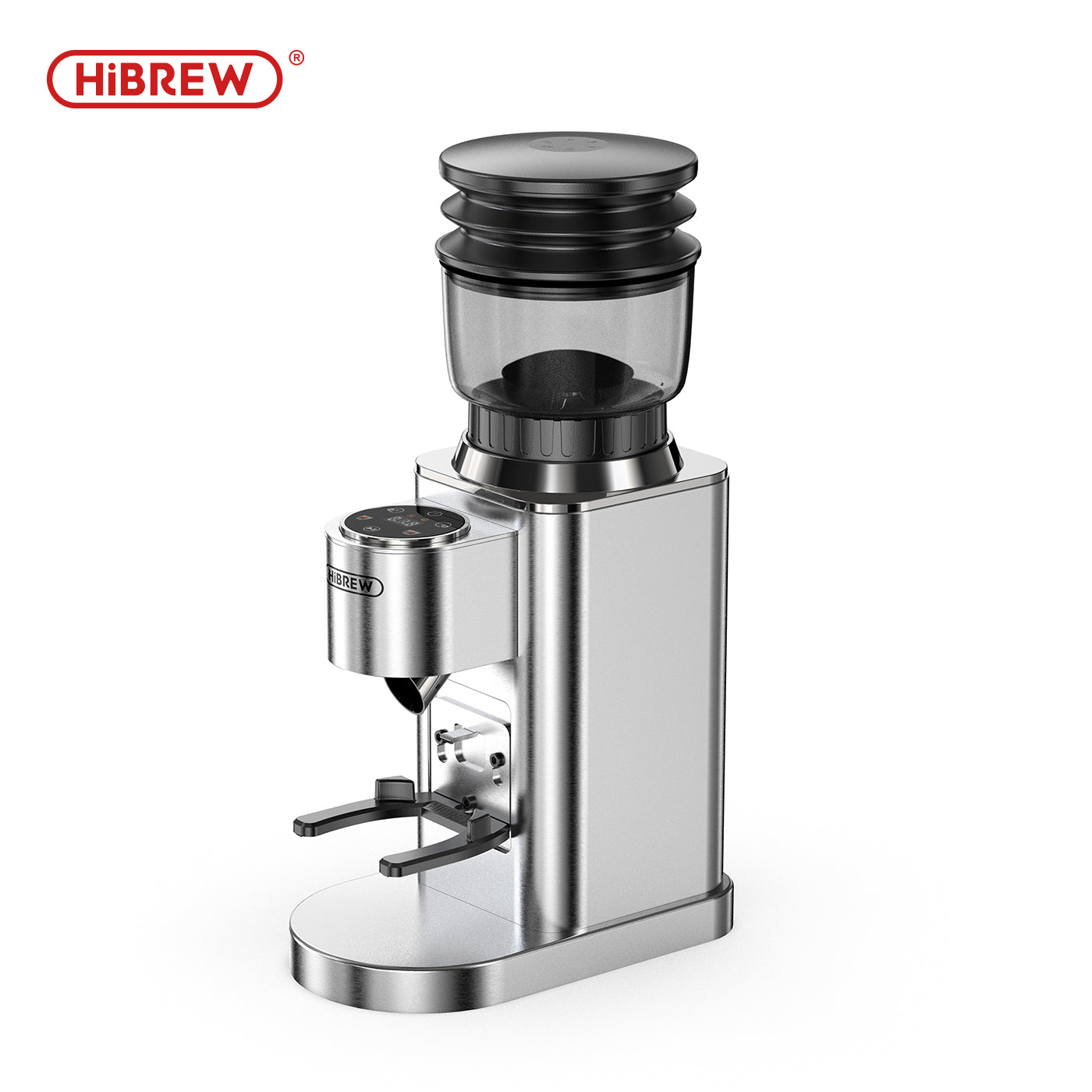
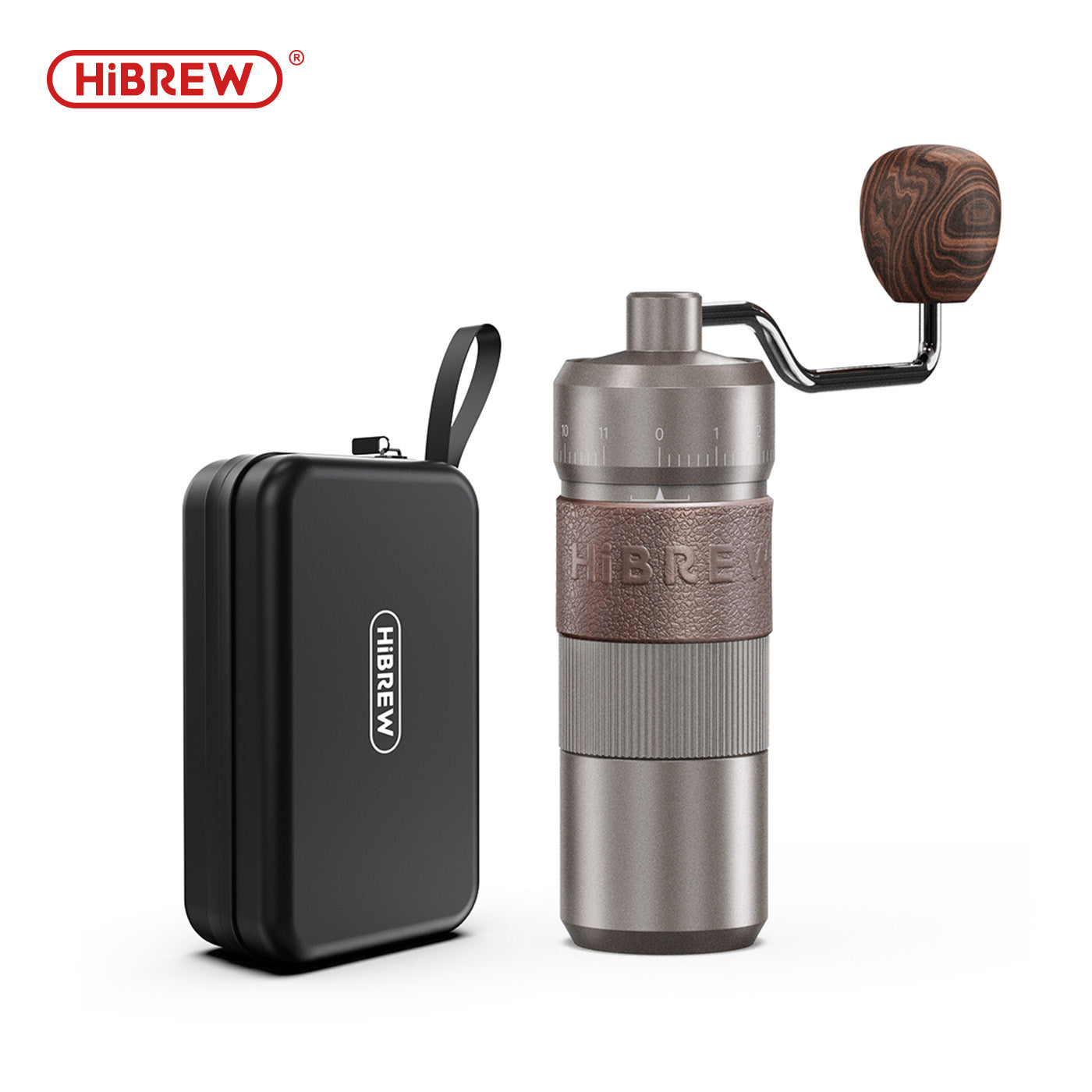
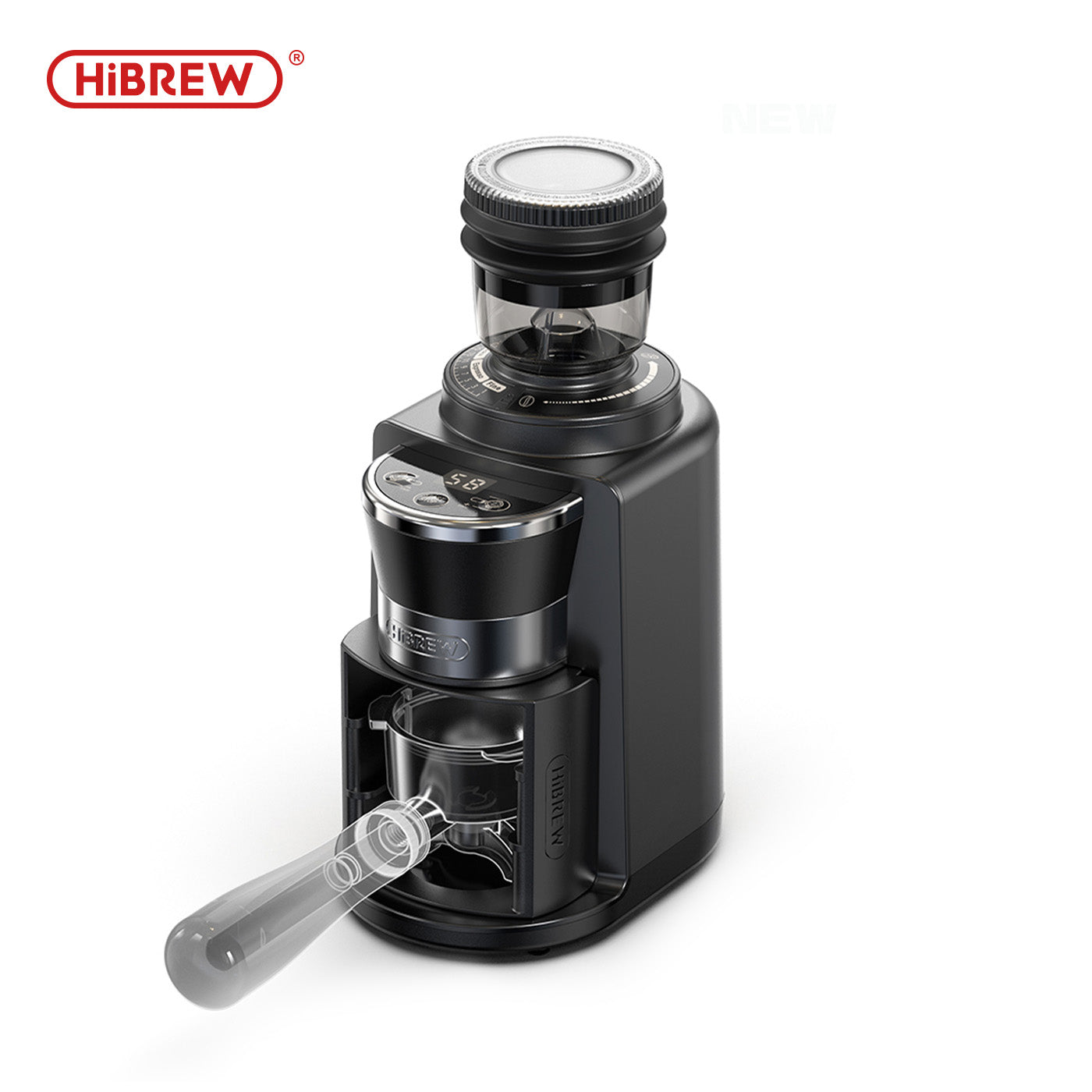
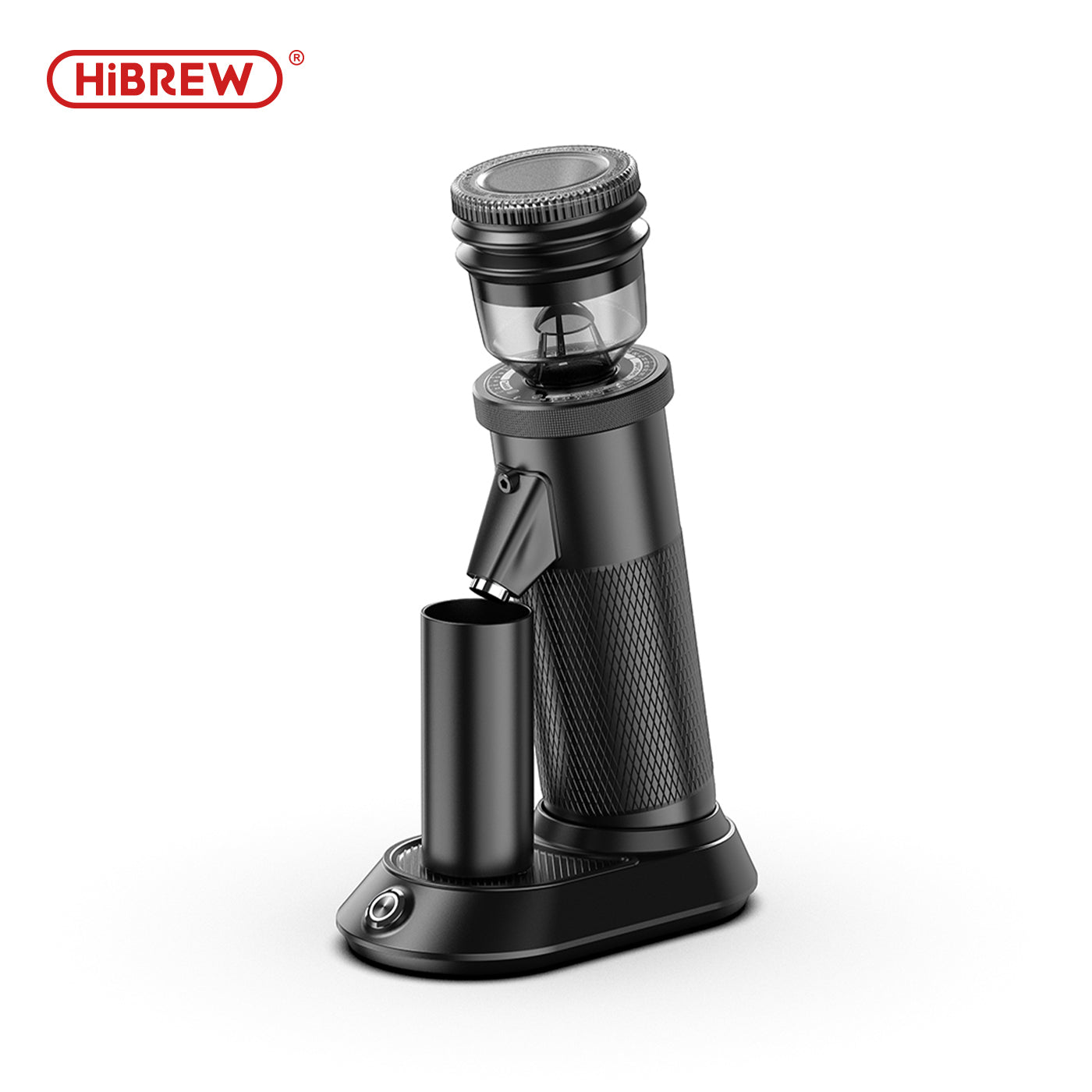
Leave a comment
All comments are moderated before being published.
This site is protected by hCaptcha and the hCaptcha Privacy Policy and Terms of Service apply.